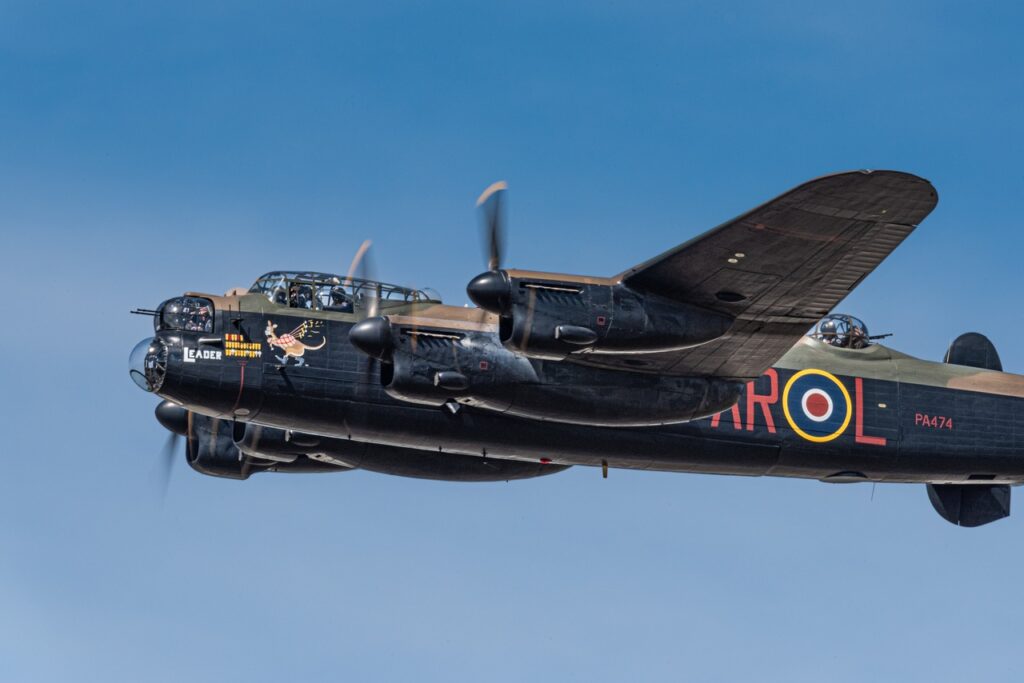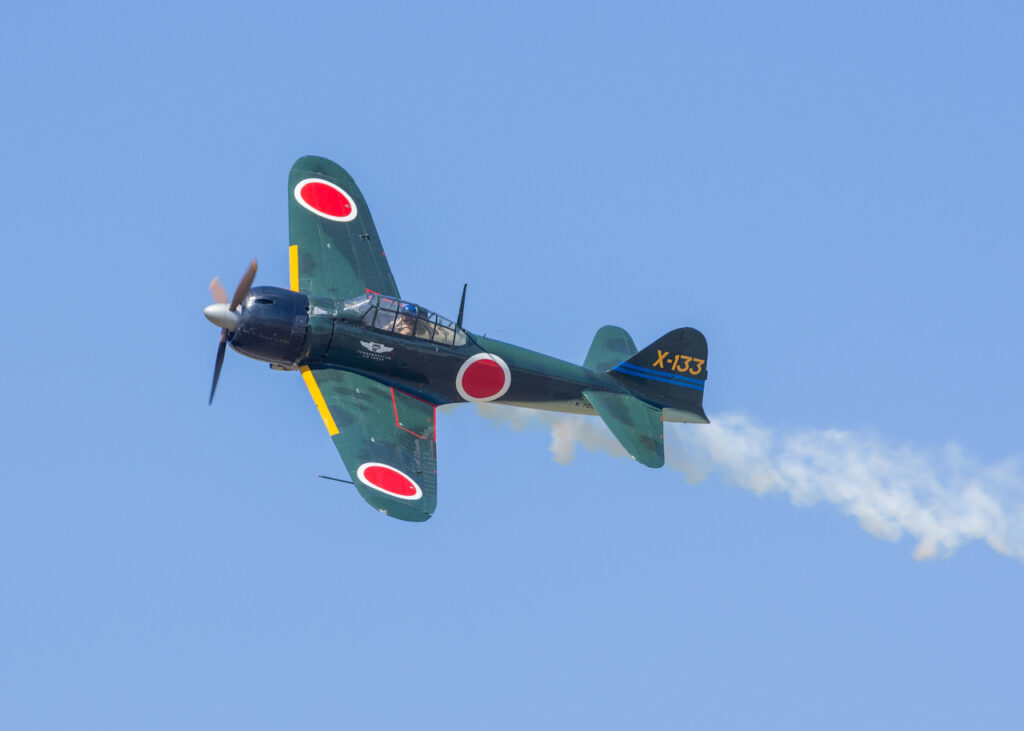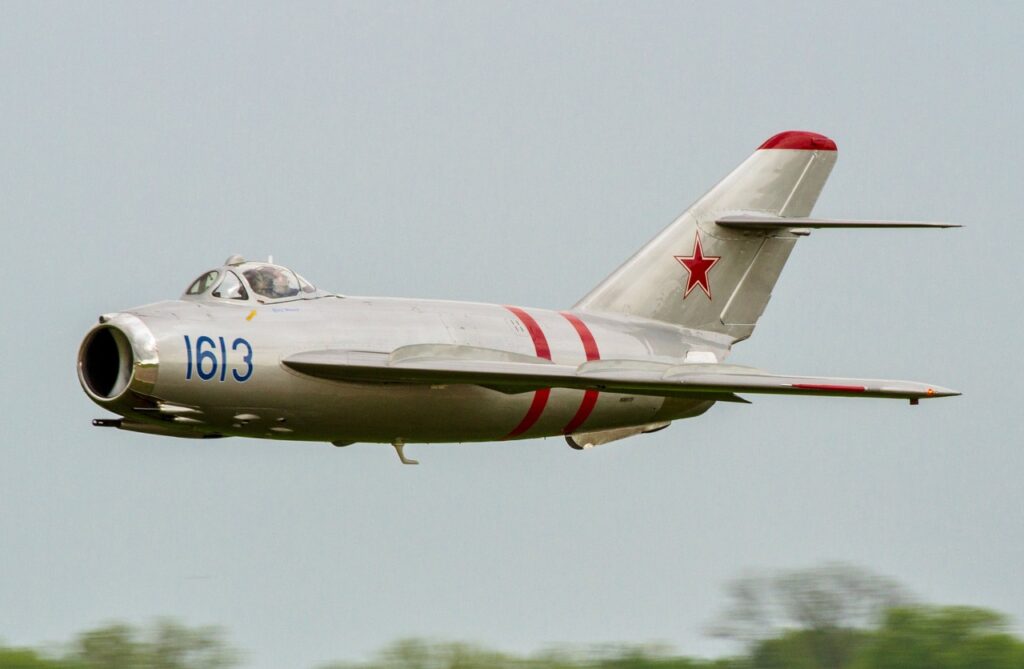
Yes, South Korea Will Have an Aircraft Carrier With F-35 Stealth Fighters
Key point: These weapons are incredibly advanced and could take out North Korea’s air defenses. Adding these planes to a carrier also creates a new means of power projection.
South Korea is getting an aircraft carrier. The vessel could help Seoul’s navy to compete with its main rivals, the Chinese and Japanese fleets.
The South Korean joint chiefs of staff decided on July 12, 2019 to acquire an assault ship capable of operating fixed-wing aircraft, Defense News reported. The vessel presumably would embark vertical-landing F-35B stealth fighters.
Seoul for years has mulled a purchase of F-35Bs to complement the country’s land-based F-35As.
“The plan of building the LPH-II ship has been included in a long-term force buildup plan,” a spokesman for the joint chiefs told Defense News, using an acronym for “landing platform helicopter.”
“Once a preliminary research is completed within a couple of years, the shipbuilding plan is expected to be included in the midterm acquisition list,” the spokesman added.
The new LPH will displace around 30,000 tons of water, roughly twice as much as the South Korean navy’s two LPH-Is displace. The older assault ships embark only helicopters. A 30,000-ton vessel easily could operate a dozen or more F-35Bs plus other aircraft.
Acquiring a carrier represents “a symbolic and meaningful step to upgrade the country’s naval capability against potential threats posed by Japan and China,” Kim Dae-young, an analyst with the Seoul-based Korea Research Institute for National Strategy, told Defense News.
The new flattop is part of a wider naval buildup in South Korea. The South Korean government on April 30, 2019 approved plans to acquire new destroyers and submarines for the country’s fast-growing navy.
The $6-billion acquisition include three Aegis destroyers armed with ballistic-missile interceptors and three submarines equipped with their own launchers for land-attack missiles.
The new ships could help Seoul’s navy to expand beyond its current, largely coastal mission. The main threat to South Korea is North Korea, specifically the North’s huge force of artillery that in wartime quickly could demolish Seoul and endanger millions of people.
But looking beyond the North Korean threat, South Korea clearly has ambitions to develop a far-sailing “blue-water” navy.
The South Korean navy in 2019 operates 68 major warships including 16 submarines, 12 destroyers, 13 frigates, 13 corvettes and 14 amphibious warfare ships. The fleet also includes scores of patrol boats, mine-warfare vessels and auxiliaries.
The three new Sejong the Great-class destroyers and three new Dosan An Chang-Ho-class submarines apparently will expand the fleet rather than replace older vessels.
“The new Aegis destroyers will be outfitted with an upgraded missile launch system which will allow them to intercept ballistic missiles,” Yonhap news agency reported. “They will also represent a marked upgrade in detection and tracking abilities.”
The navy currently possesses three of the Sejong the Great-class destroyers that it acquired between 2008 and 2012. The 11,000-ton-displacement destroyers are among the most heavily-armed in the world and boast 128 vertical missile cells for SM-3 air-defense missiles and Hyunmoo-3C cruise missiles.
At present the American-made SM-3 is most effective as a terminal- or boost-phase missile-interceptor, meaning it possess the speed, range and altitude performance to hit enemy ballistic missiles when they’re first launching or in their final seconds of flight.
But the U.S. Missile Defense Agency plans to modify the SM-3 and test it for the most difficult, mid-course-phase intercepts, when an interceptor must climb outside of the atmosphere. Exo-atmospheric interceptions require special sensors and other capabilities.
Among Asian powers, Japan is also equipping its destroyers with SM-3s for missile-defense missions.
South Korea however is unique in fitting its submarines with launchers for ballistic land-attack missiles. The 3,400-ton-displacement Dosan An Chang-Ho-class subs will come with vertical launchers that can fire Chonryong cruise missiles and Hyunmoo-2 ballistic missiles.
The boats’ land-attack capabilities could help Seoul to target Pyongyang’s 13,000 artillery pieces, potentially minimizing the damage that North Korea could inflict on the south.
More than 30 million people including hundreds of thousands of foreigners live within range of North Korea’s artillery. Barrages in the opening hours of a full-scale war could kill or injure 250,000 people, the U.S. Defense Department estimated.
The new submarines during wartime also would hunt North Korea’s own large but aging fleet of subs. Pyongyang operates around 70 undersea vessels, including around 20 Soviet-designed Romeo-class attack boats and scores of midget submarines.
South Korea’s carrier will sail into crowded seas. Japan’s cabinet on Dec. 18, 2018 approved a plan to modify the Japanese navy’s two, 27,000-ton-displacement Izumo-class helicopter carriers to embark F-35B stealth fighters.
The modifications should result in the Japanese fleet operating, for the first time since World War II, flattops with fixed-wing aircraft.
The Chinese navy has two carriers. Another is under construction. Beijing’s fleet could possess as many as six aircraft carriers by the mid-2030s, experts told state media. They could be a mix of conventional and nuclear-powered vessels.
Even the smallest Chinese carrier displaces around 60,000 tons of water, making it twice as big as South Korea’s own, future flattop.
David Axe served as Defense Editor of the National Interest. He is the author of the graphic novels War Fix, War Is Boring and Machete Squad. This first appeared in 2019 and is being reposted due to reader interest.
Image: Reuters


